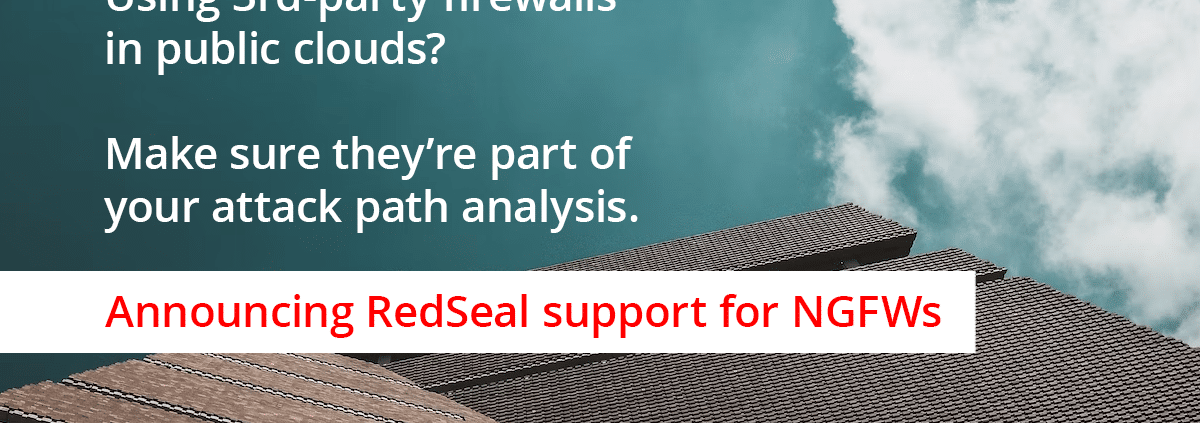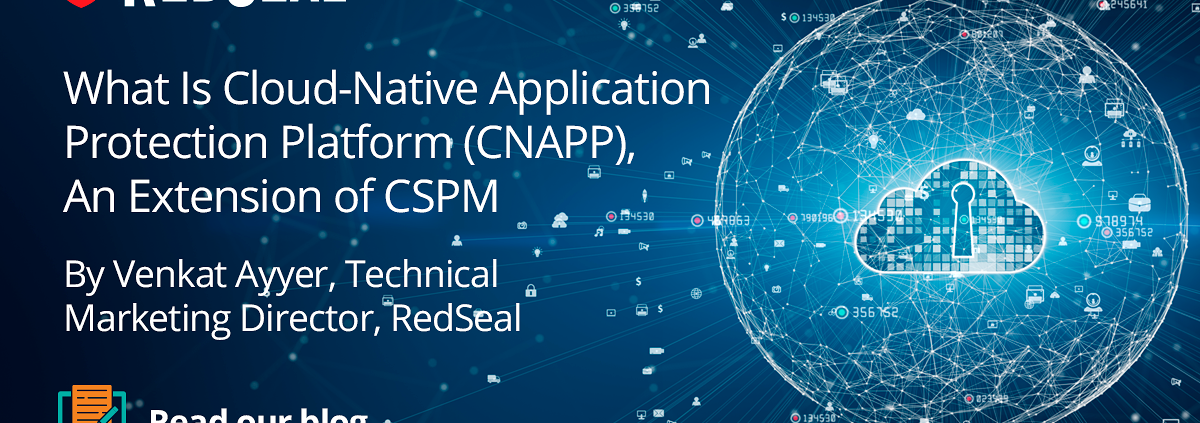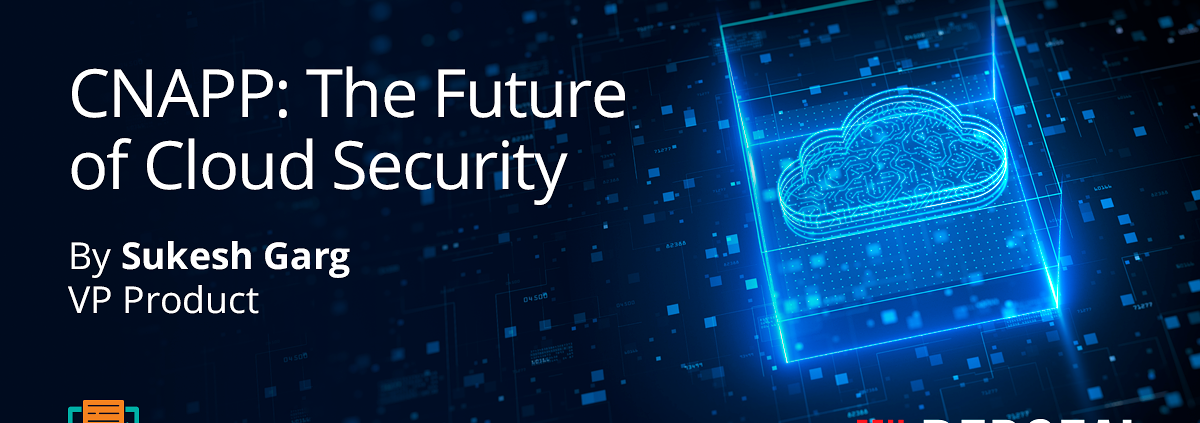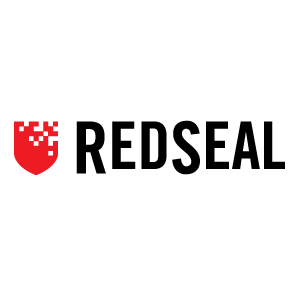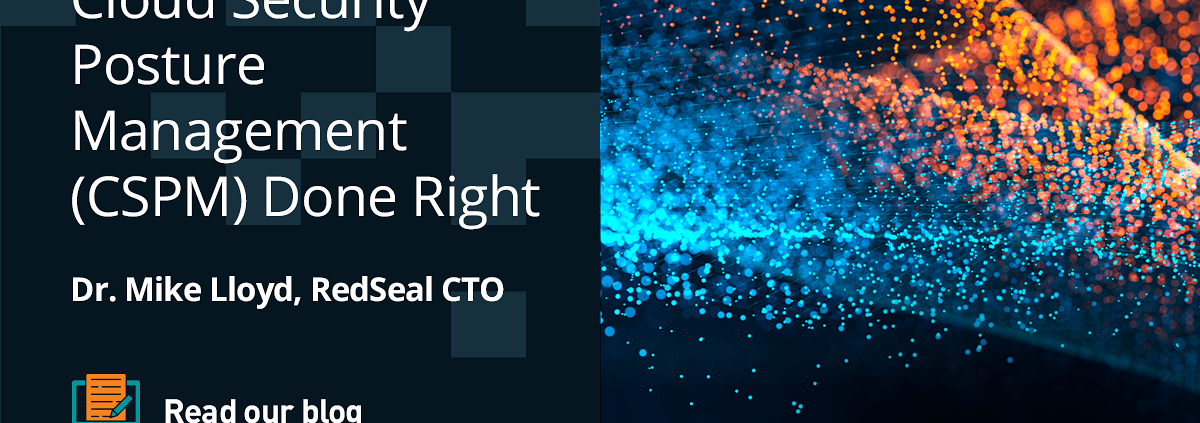RedSeal unveils support for third-party firewalls in public clouds, empowering enterprises to understand all attack paths to stop breaches
Seamlessly integrates with Next-Generation Firewalls from Palo Alto Networks, Cisco, Fortinet, and Check Point deployed in AWS and Azure clouds
Menlo Park, Calif., August 9, 2023 — RedSeal, a pioneer in cyber attack path management, announces support for third-party Next-Generation Firewalls (NGFWs) deployed in AWS, Azure and other clouds. With this capability, RedSeal continues its mission to enable enterprises to comprehensively understand all attack paths to critical data and applications and reinforce their defenses against evolving cyber threats.
Understanding attack paths to critical resources is paramount for enterprise customers to stay one step ahead in today’s complex hybrid cybersecurity landscape. As organizations increasingly adopt cloud-based services, risk exposure expands, defensive gaps inevitably open up, and defenders have to understand more complex interactions. RedSeal delivers support through prebuilt integrations with leading NGFW vendors including Palo Alto Networks, Cisco, Fortinet and Check Point.
“Today’s cyber threats are relentless and increasingly sophisticated. It is imperative for enterprises to have a comprehensive understanding of all attack paths to critical resources, especially in cloud environments,” said Greg Enriquez, CEO of RedSeal. “Introducing third-party NGFW support, we are reinforcing our commitment to delivering best-in-class cybersecurity solutions.”
RedSeal brings cloud-native and third-party security controls into a single view. This gives unprecedented visibility, eliminating blind spots caused by the different perspectives of separate management consoles. Without a single view, defenses are run in silos. Attackers accumulate anywhere the security team cannot see, so the defensive view must be seamless and complete—something only available through automated multi-vendor analytics.
With RedSeal, enterprises further benefit from:
- Comprehensive Network Visibility: With RedSeal, enterprises gain a holistic view of their cloud and on-premises infrastructure without the need to install any agents. By mapping the entire hybrid network, customers can identify vulnerabilities, configuration errors, and security gaps.
- Advanced Attack Path Analysis: With this new NGFW support, RedSeal strengthens its threat analysis capabilities. By assessing access controls, security rules, and network segmentation, enterprises can pinpoint weaknesses and take proactive steps to prevent cyber attacks and breaches.
- Proactive Risk Prioritization: RedSeal delivers risk-based prioritization and actionable insights by applying network context, including that of third-party NGFWs, enabling organizations to proactively address security loopholes and implement effective security measures.
- Continuous Compliance: RedSeal safeguards a full range of critical compliance and governance requirements with 100+ built-in integrations including PCI, NERC-CIP, CMMC, NIST, RMF, SAP, CIS, and DISA STIGs. RedSeal uniquely understands CIS controls for both cloud and third-party NGFWs.
“Our platforms provide insights with unprecedented speed and accuracy so that our clients stay ahead of cyber adversaries and thwart potential attacks,” said Dr. Mike Lloyd, Chief Technology Officer at RedSeal.
RedSeal’s support for third-party NGFWs in cloud is available now, enabling organizations to embrace cloud technologies with confidence, secure their data, and protect their business-critical assets from emerging cyber threats.
About RedSeal
RedSeal, a pioneer in cyber attack path management, delivers actionable insights to close defensive gaps across the entire network, on premises and in the cloud. Defenders gain the upper hand by knowing their cyber terrain and risk better than their adversaries do. RedSeal’s proven platform explains what is left open, and what it takes to block it, so that security teams can proactively and efficiently remediate issues, spend less effort on compliance, and stay one step ahead. Hundreds of Fortune 1000 companies and over 75 government agencies, including five branches of the U.S. military, depend on RedSeal for exceptionally secure environments.

